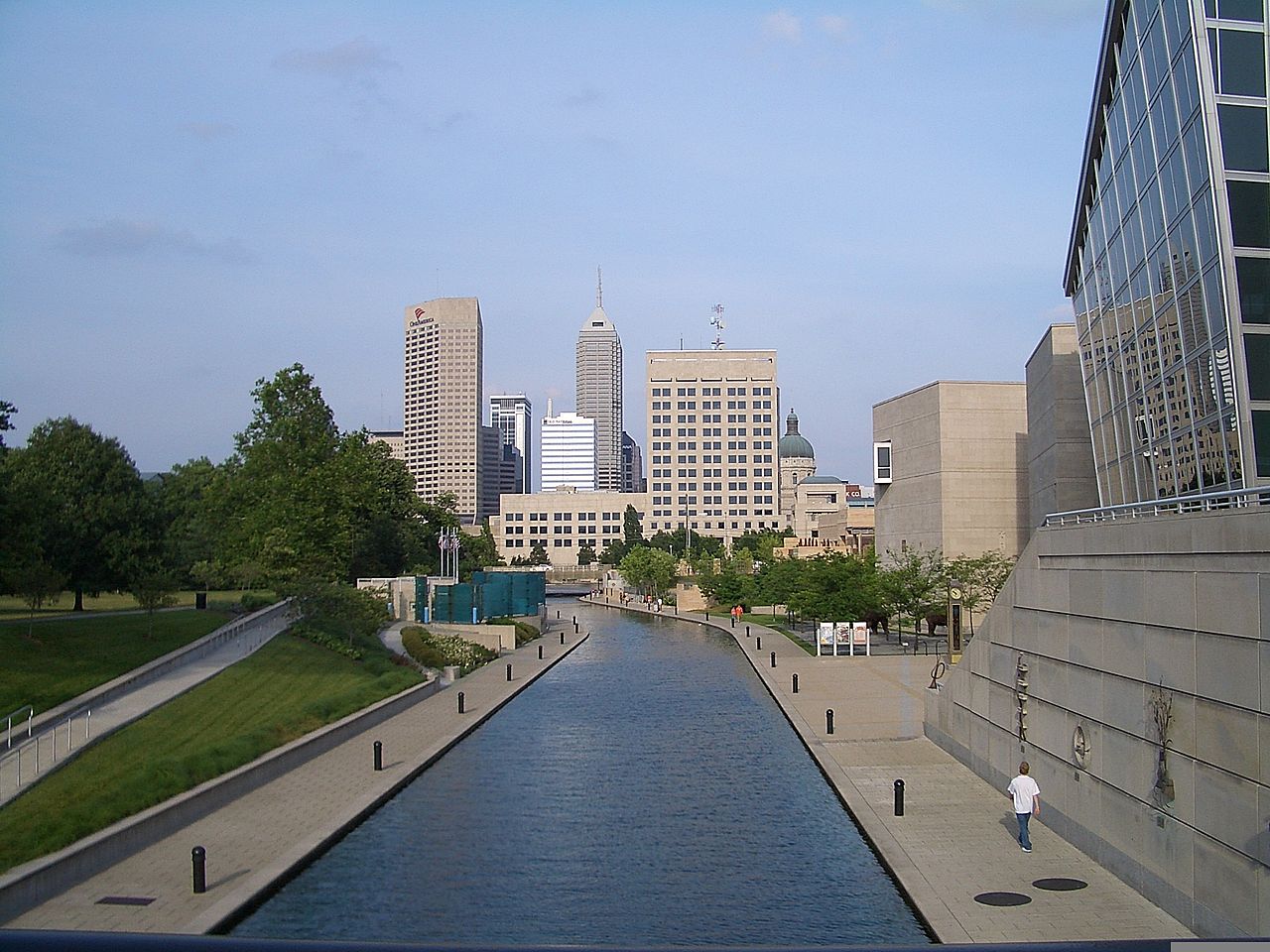The Museum of the Anthropocene: Student Exhibition Proposal Guidelines
This semester, my colleague Phil Scarpino and I have been teaching the course "History, the Environment, and the Global Anthropocene." When we conceived this course, we planned to create a prototype installation for our research project, "The Museum of the Anthropocene." As we worked with our students and community partners, it became clear that it would be more reasonable to have students work on exhibition proposals rather than try to design and prototype an installation in a single semester. So, within the first weeks of the semester, we modified the course a bit. The first half of the course consisted of readings, field trips, and workshops to prepare students to draft their exhibition proposals. There are two groups of five students working on exhibition proposals. We have outlined the assignment below.
Summary
Working together in groups of 4-5, you will propose a museum exhibition for the planned Museum of the Anthropocene. Your proposal will be in the form of a WordPress website and will include several sections—one of which will include a podcast. This project will be the culmination of the work that you have learned during the first half of the course—the reading-intensive portion of the class in which we focused on developing our understanding of the Anthropocene.
Deadlines
- 6 April — Project Prototype/Exhibition Proposal Rough Draft
- 13 April — Each student will comment on the other group’s Project Prototype within 7 days. These comments should be a minimum of 250 words and provide constructive criticism to help the other group improve their exhibition.
- 25 April — Presentations
- 2 May — Final Project
- 9 May — Each student will comment on the other group’s Exhibition Proposal within 7 days. These comments should be a minimum of 250 words and provide constructive criticism to help the other group improve their exhibition.
Exhibition Proposal Guidelines and Grading
Keep in mind that the only grade that you have received during the first portion of this course has been the single grade for your participation in class discussion, field trips, workshops, etc. The final portion of the course will evaluate you in four categories:
Project Prototype (10%)
- The Project Prototype is an early rough draft in which you will organize all of the material that you prepared during the first portion of the course and present it in the form of a digital portfolio. This portfolio will include notes, drawings, and other preparatory work that explains how you plan to organize and present the final project.
- The Project Prototype should include a work plan and timeline (such as a Gantt Chart) that identifies:
- Group meeting dates and times
- Deadlines to complete individual tasks
- Who is responsible for which tasks.
- Each group will digitize their Project Prototype and submit it via Canvas or via their Wordpress site. Your Project Prototype can be a single pdf or it can be a rough version of your final Web Page/Exhibition Proposal.
- Each student will comment on the other group’s Project Prototype within 7 days. These comments should be a minimum of 250 words and provide constructive criticism to help the other group improve their final proposal.
Web Page/Exhibition Proposal (25%)
- You will create a WordPress website, which you will use to present your Exhibition Proposal. You can format it any way that you like. However, you need to keep in mind that, in addition to being intellectually rigorous, the site should be intuitive and aesthetically appealing. This is not difficult to do using the free WordPress themes, but it will require some experimentation and thoughtful design. You may find it helpful to look at other WordPress websites, museum websites, and online exhibitions to get ideas.
- Your Exhibition Proposal should include the following sections. Remember that you need to support your assertions with evidence. So, for example, if you say that you plan to reach a particular audience, you should be able to provide evidence that your project is capable of doing this.
- Title
- Exhibition Description, Goals, and Objectives (~300 words)
- Podcast or video description (3-5 minutes)
- Scholarly Context/Literature Review (~750-1000 words)
- Individual Blog Posts (~750 words each)
- Exhibition Design (~750 words)
- Exhibition Question
- Exhibition Scope
- Exhibition Audience
- Exhibit Structure (~1250 words)
- Exhibit Design
- Map of location with any key locations noted on the map
- Graphics that demonstrate what the exhibition will look like
- Description of Exhibition Content (minimum of three installations)
- Description of Visitor Access & Navigation
- Exhibit Design
- Budget
- Implementation Timeline
- Your Exhibition Proposal may include the following information, which you can insert for extra credit (up to 5%)
- Description of community-engaged learning activities
- Description of proposed partnerships
- Accessibility analysis
- Description of city ordinances and/or requirements for constructing the exhibition
- With the exception of the Individual Blog Posts, each member of the group will receive the same grade for the overall Website/Exhibition Proposal.
Group Podcast/Blog (25%)
- Group Podcast (or Video)
- Your group will create a 3-minute Podcast or Video that you will embed on the main page of the site. It will summarize your project proposal in clear and logical way.
- Each member of the group will receive the same grade.
- Blog
- Each student will create one blog post that explains how their group’s Exhibition Proposal examines a question/problem related to the Anthropocene. These mini essays (minimum 750 words) should build on each other, not repeat the same ideas over and over. So, your group should work out who will tackle each theme.
Peer Review (10%)
- Comments on other students’ Project Prototypes and Final Projects (see above)
